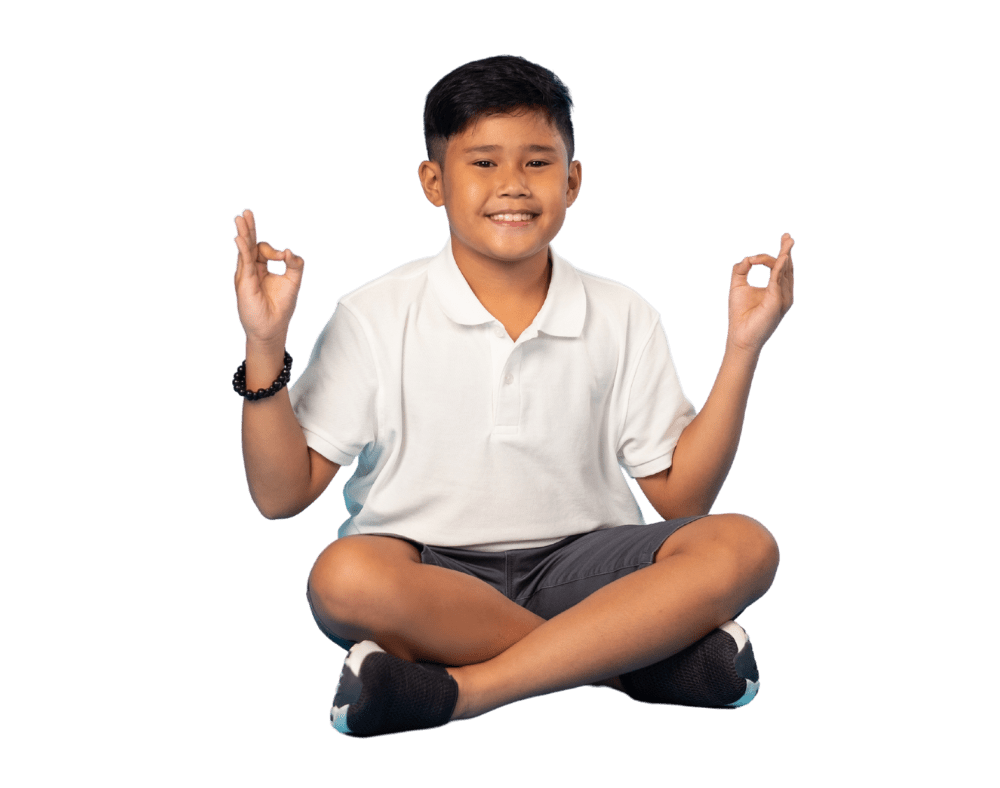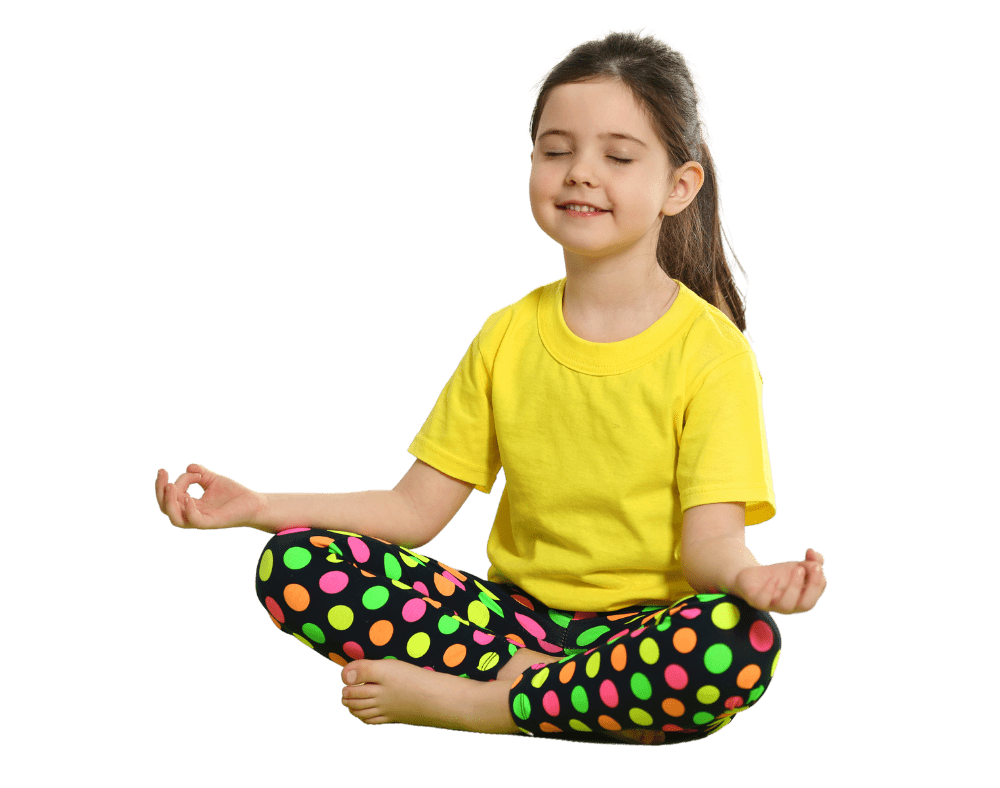I’ve been teaching kids’ yoga for about eight years now and at first I was surprised by how naturally 
It seems that the older we get, the more we grow out of our natural yogic tendencies. We start following conventions instead. We mute our natural rhythms in favor of following a clock. We learn to sit still even if our bodies are crying out for movement. We rarely allow ourselves the opportunity to rest and be still. So my goal as a yoga teacher, for the children AND adults I teach, is to encourage them to listen to their bodies’ wisdom. I offer them guidance and confidence to tap into the little yogis that live inside all of us and that whisper what our minds, bodies and spirit need to be our most healthy, happy and productive self.
For example, when explaining the origins of yoga to children, I tell them a story about the ancient yogis. They sat in complete stillness, hour upon hour, meditating. This sitting made their backs stiff, their knees ache and their necks tired. So they looked around them and noticed how graceful and comfortable animals seemed. So they stretched their backs like a cat (and I lead the class into cat/cow pose) and they wagged their tails like dogs (downward facing dog). They puffed up their chests like pigeons (pigeon pose) and lifted their hearts like camels (camel pose). Once their bodies were stretched and moved, they could sit in stillness. When they sat in stillness, their minds were able to be still, too. The lesson of this story is that our bodies KNOW what we need (look at how easily animals listen to their bodies and move accordingly) and our job as yogis is to listen to our bodies and respect its suggestions.
Another way children naturally practice yoga without any formal instruction is through sound. Have you ever seen a child willfully ignore what you are saying by plugging thei
Finally, children naturally love to meditate. They may not recognize what they are doing as meditation, but with some guidance, their innate tendencies toward meditation can be honed and encouraged. I like to encourage meditation through guided imagery, especially at bedtime. Have your child get really comfortable in bed, with PJs on, blankets tucked in and their favorite stuffed animals, ready to say goodnight. Dim the lights and take them on an auditory journey to a Secret Garden. Start by describing how their bed has lifted into the sky and they are floating with the clouds and stars. Use details for each sense to make it an immersive experience. Their bed comes to land in their Secret Garden, which can be anywhere – Grandma’s backyard, the North Pole, underwater or on another planet. While they are resting perfectly still in bed, you are guiding them through an exploration of this garden, what it sounds like, what it smells like, who is there with them. After a couple minutes, tell your child that you are going to let them explore their 
Encourage your little yogis’ natural affinity for yoga and meditation. You can learn a thing or two from them!


